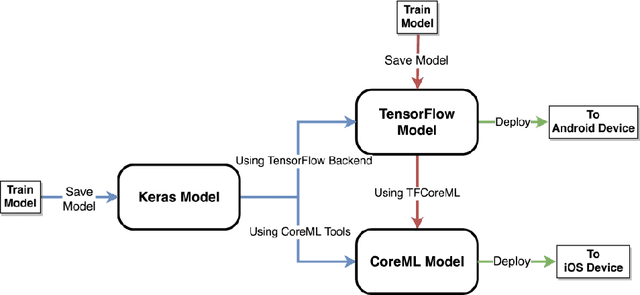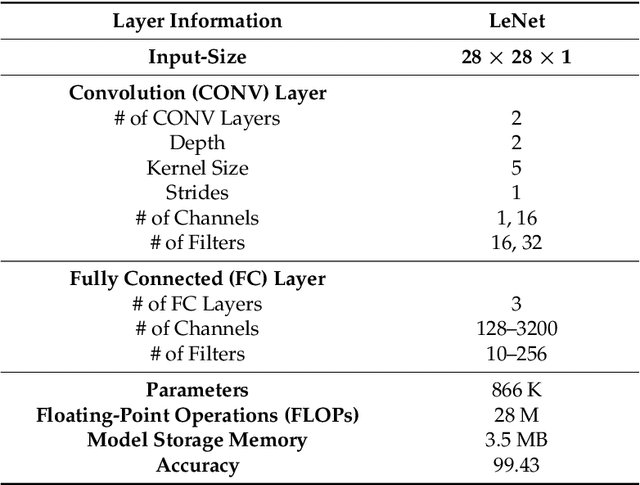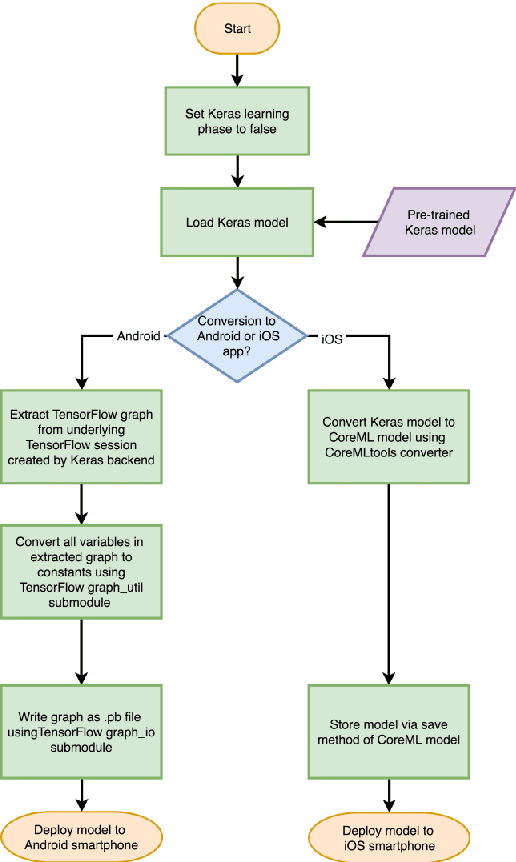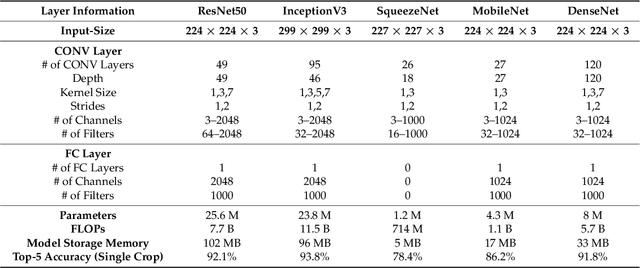Abhishek Sehgal
Standards and Mobility Innovation Laboratory - Samsung Research America
Towards Intelligent Network Management: Leveraging AI for Network Service Detection
Oct 14, 2023Abstract:As the complexity and scale of modern computer networks continue to increase, there has emerged an urgent need for precise traffic analysis, which plays a pivotal role in cutting-edge wireless connectivity technologies. This study focuses on leveraging Machine Learning methodologies to create an advanced network traffic classification system. We introduce a novel data-driven approach that excels in identifying various network service types in real-time, by analyzing patterns within the network traffic. Our method organizes similar kinds of network traffic into distinct categories, referred to as network services, based on latency requirement. Furthermore, it decomposes the network traffic stream into multiple, smaller traffic flows, with each flow uniquely carrying a specific service. Our ML models are trained on a dataset comprised of labeled examples representing different network service types collected on various Wi-Fi network conditions. Upon evaluation, our system demonstrates a remarkable accuracy in distinguishing the network services. These results emphasize the substantial promise of integrating Artificial Intelligence in wireless technologies. Such an approach encourages more efficient energy consumption, enhances Quality of Service assurance, and optimizes the allocation of network resources, thus laying a solid groundwork for the development of advanced intelligent networks.
Optimal preprocessing of WiFi CSI for sensing applications
Jul 22, 2023Abstract:Due to its ubiquitous and contact-free nature, the use of WiFi infrastructure for performing sensing tasks has tremendous potential. However, the channel state information (CSI) measured by a WiFi receiver suffers from errors in both its gain and phase, which can significantly hinder sensing tasks. By analyzing these errors from different WiFi receivers, a mathematical model for these gain and phase errors is developed in this work. Based on these models, several theoretically justified preprocessing algorithms for correcting such errors at a receiver and, thus, obtaining clean CSI are presented. Simulation results show that at typical system parameters, the developed algorithms for cleaning CSI can reduce noise by $40$% and $200$%, respectively, compared to baseline methods for gain correction and phase correction, without significantly impacting computational cost. The superiority of the proposed methods is also validated in a real-world test bed for respiration rate monitoring (an exemplary sensing task), where they improve the estimation signal-to-noise ratio by $20$% compared to baseline methods.
Guidelines and Benchmarks for Deployment of Deep Learning Models on Smartphones as Real-Time Apps
Jan 08, 2019



Abstract:Deep learning solutions are being increasingly used in mobile applications. Although there are many open-source software tools for the development of deep learning solutions, there are no guidelines in one place in a unified manner for using these tools towards real-time deployment of these solutions on smartphones. From the variety of available deep learning tools, the most suited ones are used in this paper to enable real-time deployment of deep learning inference networks on smartphones. A uniform flow of implementation is devised for both Android and iOS smartphones. The advantage of using multi-threading to achieve or improve real-time throughputs is also showcased. A benchmarking framework consisting of accuracy, CPU/GPU consumption and real-time throughput is considered for validation purposes. The developed deployment approach allows deep learning models to be turned into real-time smartphone apps with ease based on publicly available deep learning and smartphone software tools. This approach is applied to six popular or representative convolutional neural network models and the validation results based on the benchmarking metrics are reported.
 Add to Chrome
Add to Chrome Add to Firefox
Add to Firefox Add to Edge
Add to Edge